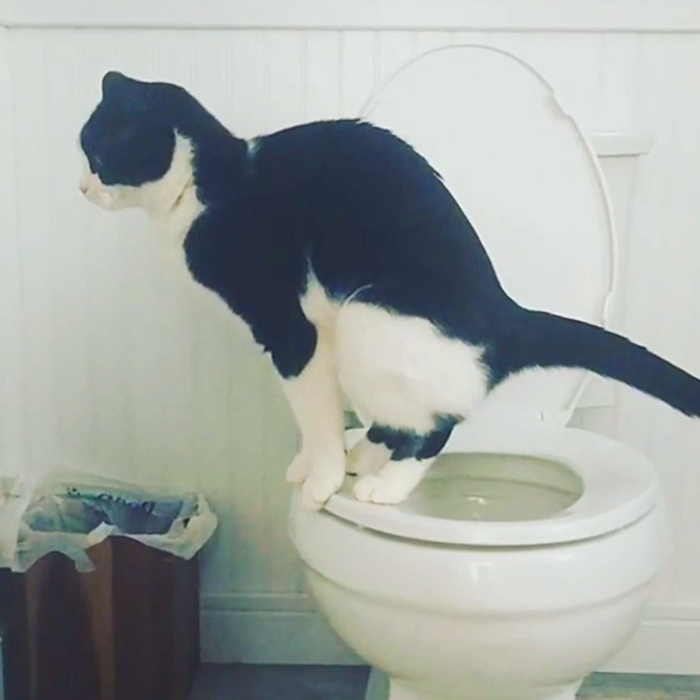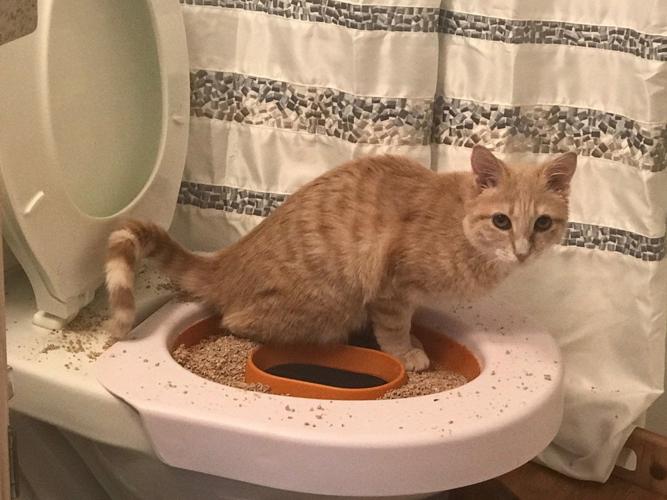How You Ought to Never Empty Animal Waste Down the Toilet
How You Ought to Never Empty Animal Waste Down the Toilet
Blog Article
We've unearthed this post about 10 Things You Should Never Flush Down The Toilet below on the internet and concluded it made perfect sense to quickly share it with you here.

When it pertains to getting rid of waste, especially animal waste, many individuals commonly resort to the hassle-free option of flushing it down the bathroom. However, this relatively simple remedy can have major effects for the environment and public health. In this short article, we'll check out why flushing pet waste down the toilet is a bad idea and provide alternate approaches for correct disposal.
Intro
Correct waste disposal is important for keeping ecological sustainability and public health. While it may seem safe to purge animal waste down the toilet, it can result in numerous issues, both for the environment and human health.
Threats of flushing pet waste
Ecological influence
Purging animal waste introduces hazardous germs and pathogens into rivers, which can negatively impact water environments. These microorganisms can contaminate water resources and harm marine life, disrupting fragile ecological communities.
Public health worries
Animal waste contains harmful microorganisms such as E. coli and Salmonella, which can position significant health and wellness risks to people. Flushing animal waste down the bathroom can pollute water supplies, leading to the spread of conditions and infections.
Alternatives to flushing
As opposed to purging animal waste down the toilet, there are numerous alternate disposal techniques that are much more environmentally friendly and sanitary.
Composting
Composting pet waste is an eco-friendly means to take care of it. By composting, raw material is broken down into nutrient-rich dirt, which can be used to feed gardens and plants.
Land fill disposal
Disposing of pet waste in a landfill is an additional alternative. While not as environmentally friendly as composting, it is a more secure alternative to flushing, as it protects against the contamination of water sources.
Animal garbage disposal systems
There are specialized animal garbage disposal systems available that safely and hygienically dispose of animal waste. These systems commonly use enzymes to break down waste and eliminate odors.
Steps to proper animal waste disposal
To make sure appropriate disposal of pet waste, adhere to these steps:
Scooping and nabbing waste
On a regular basis scoop and bag pet waste utilizing eco-friendly bags. This protects against waste from contaminating the environment.
Using marked waste containers
Dispose of bagged animal waste in designated waste bins, such as compost containers or land fill bins. Avoid flushing it down the toilet in all expenses.
Cleaning up can and family pet areas regularly
Frequently clean can and animal locations to avoid the build-up of waste and germs. Usage pet-safe cleaning items to preserve health.
Benefits of correct disposal methods
Embracing appropriate disposal methods for animal waste uses a number of advantages:
Decreased environmental pollution
Correct disposal techniques decrease the threat of environmental pollution, safeguarding waterways and communities read more from contamination
Decreased danger of water contamination.
By preventing flushing pet waste down the toilet, the risk of water contamination is dramatically reduced, protecting public health.
Enhanced cleanliness and hygiene
Appropriate disposal techniques promote much better cleanliness and hygiene, creating a safer environment for both human beings and pets.
Verdict
To conclude, flushing pet waste down the bathroom is damaging to the atmosphere and public health. By adopting different disposal techniques and following correct waste administration practices, we can reduce the unfavorable impact of animal waste and add to a cleaner, much healthier earth.
What To Do With Dog Poo – The Do's And Don'ts Of Disposing Of Faeces
Dog poo bins
Some councils provide dedicated dog waste bins in popular dog-walking areas that can take dog poo that has been bagged but you can legally dispose of dog waste in any public litter bin, as long as it is securely bagged. This also applies to your wheelie bin at home.
Do not flush
Water companies do not recommend flushing dog faeces down the toilet because certain parasites can survive the water processing treatment and are potentially harmful to humans. You should also never consider flushing dog poo that has been bagged down the toilet as the bags will not break down and instead create severe blockages in the sewage system.
In the woods
The Forestry Commission promotes a ‘stick and flick’ method for dealing with waste in the woods. This means finding a stick and using it to flick any poo from off the path so that it is out of the way of other walkers. You could also bury it as long as it is not in an area where there might be livestock.
Livestock
Parasites found in dog poo can be transmitted to livestock if they inadvertently eat infected faeces that has been left on grazing land. This could result in the death of sheep or abortion in cattle so you should always make sure you pick up your dog’s waste in fields where livestock could be present.

Frequently clean can and animal locations to avoid the build-up of waste and germs. Usage pet-safe cleaning items to preserve health.
Benefits of correct disposal methods
Embracing appropriate disposal methods for animal waste uses a number of advantages:
Decreased environmental pollution
Correct disposal techniques decrease the threat of environmental pollution, safeguarding waterways and communities read more from contamination
Decreased danger of water contamination.
By preventing flushing pet waste down the toilet, the risk of water contamination is dramatically reduced, protecting public health.
Enhanced cleanliness and hygiene
Appropriate disposal techniques promote much better cleanliness and hygiene, creating a safer environment for both human beings and pets.
Verdict
To conclude, flushing pet waste down the bathroom is damaging to the atmosphere and public health. By adopting different disposal techniques and following correct waste administration practices, we can reduce the unfavorable impact of animal waste and add to a cleaner, much healthier earth.
What To Do With Dog Poo – The Do's And Don'ts Of Disposing Of Faeces
Dog poo bins
Some councils provide dedicated dog waste bins in popular dog-walking areas that can take dog poo that has been bagged but you can legally dispose of dog waste in any public litter bin, as long as it is securely bagged. This also applies to your wheelie bin at home.
Do not flush
Water companies do not recommend flushing dog faeces down the toilet because certain parasites can survive the water processing treatment and are potentially harmful to humans. You should also never consider flushing dog poo that has been bagged down the toilet as the bags will not break down and instead create severe blockages in the sewage system.
In the woods
The Forestry Commission promotes a ‘stick and flick’ method for dealing with waste in the woods. This means finding a stick and using it to flick any poo from off the path so that it is out of the way of other walkers. You could also bury it as long as it is not in an area where there might be livestock.
Livestock
Parasites found in dog poo can be transmitted to livestock if they inadvertently eat infected faeces that has been left on grazing land. This could result in the death of sheep or abortion in cattle so you should always make sure you pick up your dog’s waste in fields where livestock could be present.

I was made aware of that article on Don't Flush Your Pets Poo Down The Loo, Vet Warns through a good friend on our other domain. Those who enjoyed reading our blog entry kindly remember to share it. Bless you for your time. Return soon.
Call Us Now Report this page